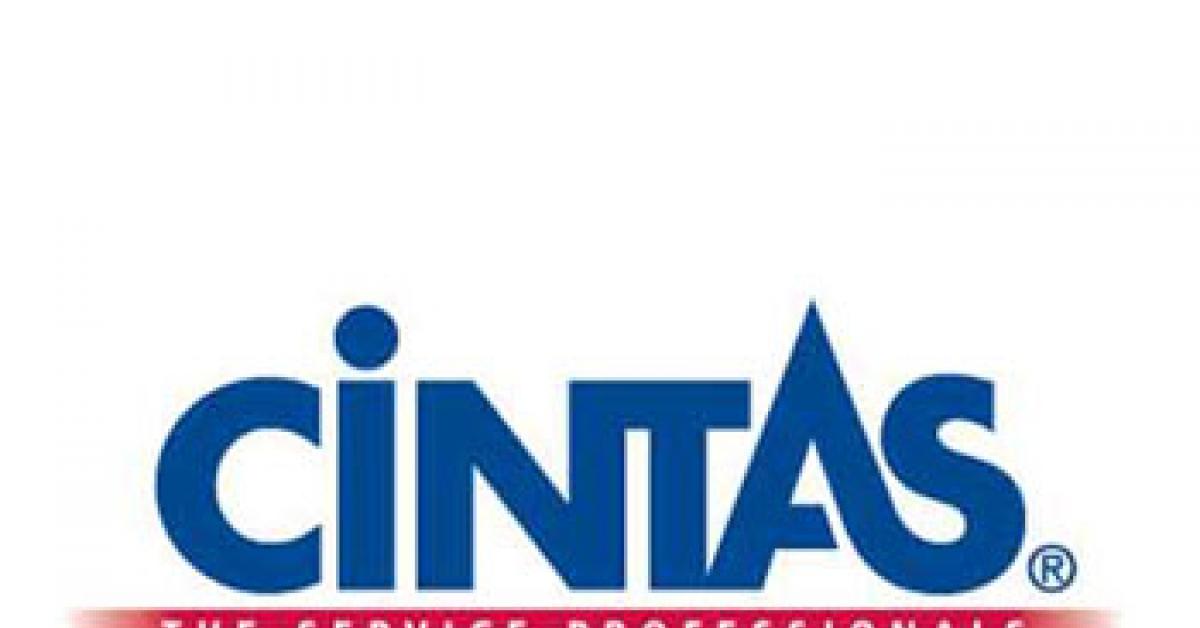CINCINNATI — OSHA recently revised its Hazard Communication standard to adopt the Globally Harmonized System of Classification and Labelling of Chemicals (GHS). To help organizations navigate HazCom requirements, Cintas Corp. says it has debunked six popular HazCom/GHS myths:
1. Only people using chemicals need to undergo training.
Training is required for any employee who will be exposed or potentially exposed to chemicals under normal workplace conditions. People who are only “occasionally” in the vicinity of chemicals are exempt from the rule. If it’s unclear whether employees need to be educated about hazardous chemicals, organizations should conduct training to be safe.
2. Temporary workers don’t need to be trained.
OSHA is making a big push to ensure organizations train temporary employees properly. Oftentimes employers solely focus on educating full-time employees or assume that temp agencies have trained outside contractors. However, there are certain details that temp agencies can’t prepare these workers for, such as the location of Safety Data Sheets (SDS).
3. HazCom violations won’t break the bank.
OSHA bases violations on the seriousness of the offense, ranging from “general” to “serious/willful.” The average fee per violation will likely be $900-$1,100, although OSHA is considering increasing fees to encourage better compliance. If a chemical-related injury or death occurs, an organization will face severe fines and brand perception issues if employees were not properly trained, Cintas says.
4. HazCom violations occur infrequently.
HazCom violations are actually frequently included in OSHA’s top 10 violations each year. Preliminary estimates for 2013 ranked HazCom violations second with 6,156 incidents and once all data is collected, this number is expected to rise due to noncompliance with GHS guidelines.
5. Current chemicals must be disposed of because they lack the proper labels.
The deadline for applying new chemical labels will not arrive until June 2015. This gives organizations time to use up current chemicals and reorder new inventory. These new shipments will arrive in containers with the revised labels. Employers should wait for the chemical manufacturer or distributor to provide the new labels.
6. All HazCom/GHS training is the same.
Not all training is created equal; employers must ensure they provide effective education. It’s best to offer a blended approach that relies on DVD, online and instructor-led courses in multiple languages, Cintas says.
To learn more about HazCom/GHS training from Cintas, visit www.cintas.com/compliance-training/ghs-compliance.
Have a question or comment? E-mail our editor Matt Poe at [email protected].
